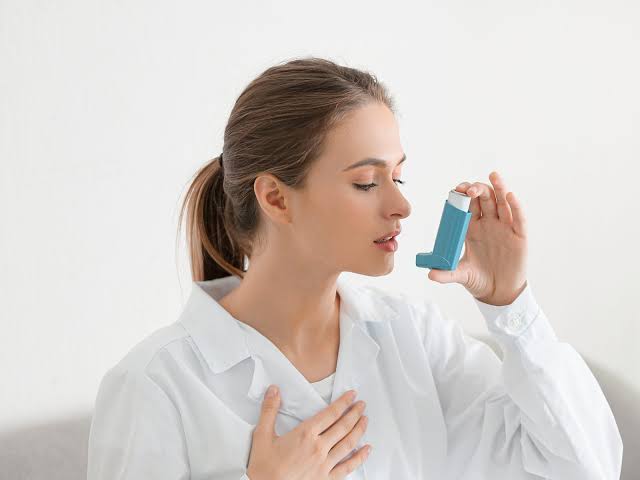Asthma affects millions of people worldwide, causing breathing difficulties, wheezing, coughing, and chest tightness. While traditional medications like inhalers and steroids are commonly prescribed, there are also several lesser-known methods that can help manage asthma symptoms.
Thank you for reading this post, don't forget to subscribe!Here are seven uncommon ways to deal with the ailment:
1. Breathing Exercises
Techniques like the Buteyko Method and Papworth Method focus on controlling breathing patterns to reduce asthma symptoms. These methods emphasize nasal breathing, relaxation, and diaphragmatic breathing exercises. Practicing these techniques regularly can help improve lung function and reduce the frequency and severity of asthma attacks.
2. Yoga and Tai Chi
Both yoga and tai chi incorporate deep breathing, gentle movements, and relaxation techniques, which can benefit asthma sufferers. These practices help strengthen respiratory muscles, improve posture, and promote relaxation, which can alleviate the symptoms over time. Additionally, the mind-body connection fostered by these practices can reduce stress and anxiety, which are common triggers for asthma attacks.
3. Acupuncture
Acupuncture, an ancient Chinese therapy, involves inserting thin needles into specific points on the body to promote healing and alleviate symptoms. Some studies suggest that acupuncture may help reduce inflammation in the airways and improve lung function in asthma patients. While more research is needed to fully understand its effectiveness, many individuals report relief from its symptoms after acupuncture treatments.
Read Also: 6 Healthy Activities To Ward Off Fatigue
4. Herbal Remedies
Certain herbs and supplements may offer relief from asthma symptoms. For example, ginger has anti-inflammatory properties that can help reduce airway inflammation, while turmeric may help alleviate bronchospasms. However, it’s essential to consult with a healthcare professional before incorporating herbal remedies into your asthma management plan, as they can interact with medications or exacerbate symptoms in some cases.
5. Salt Therapy
Also known as halotherapy, salt therapy involves inhaling salt-infused air in a controlled environment, such as a salt cave or salt room. Proponents of salt therapy claim that it can help reduce inflammation, clear mucus from the airways, and improve respiratory function. While research on the effectiveness of salt therapy for asthma is limited, some individuals report symptom relief after sessions.
6. Breathing Retraining Devices
Devices like the Frolov Breathing Device and PowerLung are designed to improve respiratory muscle strength and endurance through resistance breathing exercises. By training the respiratory muscles to work more efficiently, these devices can help reduce breathlessness and improve lung function in asthma patients.
7. Mindfulness Meditation
Mindfulness meditation involves focusing on the present moment without judgment, which can help reduce stress and anxiety levels. Since stress is a common trigger for attacks, practicing mindfulness meditation regularly may help prevent or alleviate symptoms. Additionally, mindfulness techniques can enhance self-awareness, allowing individuals to recognize early signs of an asthma attack and take appropriate action.
Read Here: 7 Common Habits That Can Damage Your Brain
However, it’s essential to consult with a healthcare professional before trying any new treatment or therapy, especially if you have pre-existing health conditions or are taking medications. With the right approach, incorporating these uncommon methods into your asthma management plan may help improve your quality of life and reduce the burden of asthma symptoms.



